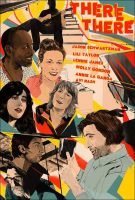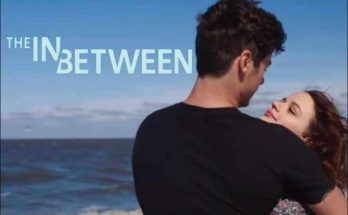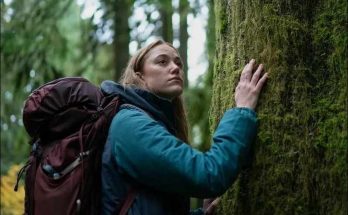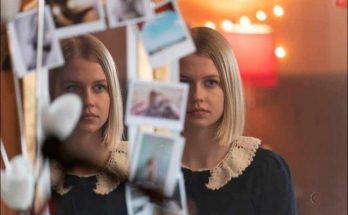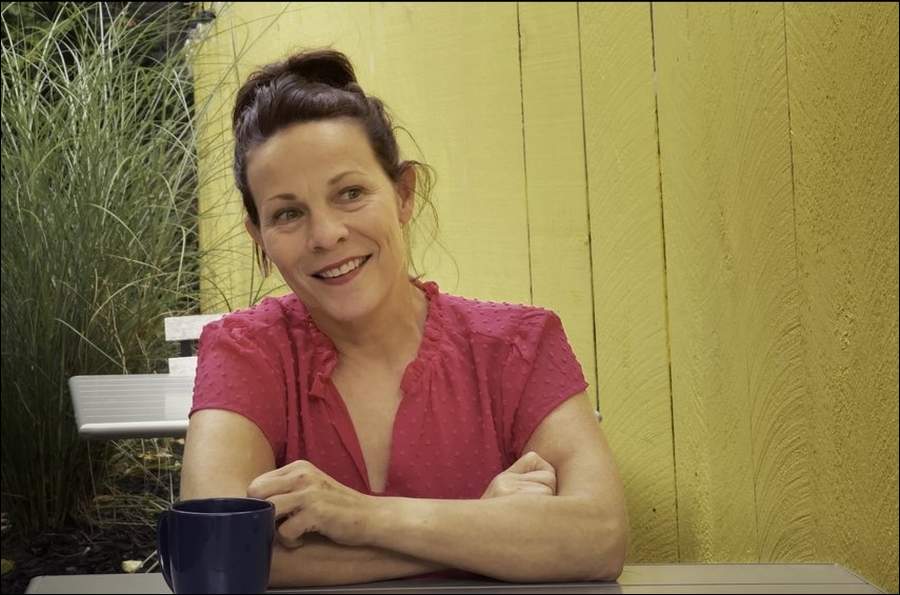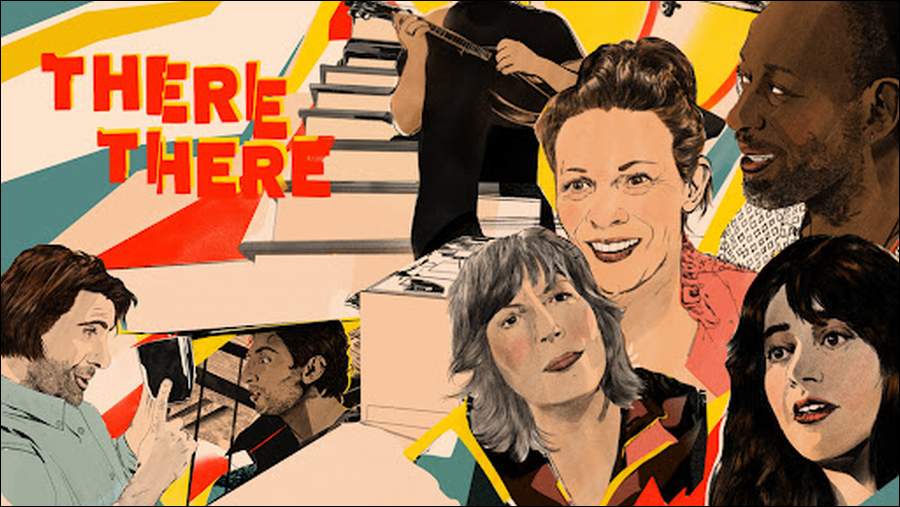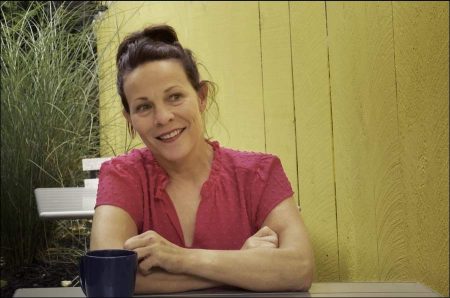
There There movie storyline. Acclaimed filmmaker Andrew Bujalski (Support the Girls, Computer Chess) explores the precarious nature of human connection in There There, a round robin of emotional two-character vignettes in which seven people reach out and bond momentarily, setting the scene for the next encounter.
A pair of new lovers, an alcoholic and her AA sponsor, a teacher and a parent, a lawyer and his client, and more move from scene to scene, revealing intimate details as they forge connections. Via a groundbreaking shooting process, Bujalski plays with ideas of isolation and perception by filming each actor individually in separate locations, only joining them to their partner’s performance in the edit. An extraordinary cast including Jason Schwartzman, Lennie James, Lili Taylor and Molly Gordon sensitively captures the humor and heartbreaking fragility of life and love in the 2020s.
About the Film
In six previous feature films made over the course of two decades, writer-director Andrew Bujalski created insightful, restrained examinations of human connection and disconnection in its many forms. Telling stories ranging from the inner lives of computer chess programmers to the behind-the-scenes politics of a Hooters style “breastaurant,” Bujalski has collected awards and accolades for a unique body of work that often favors unfamiliar performers, grounded production values, and unusual subjects. His latest film, There There, discards many familiar conventions of filmmaking and allows us to eavesdrop on conversations we may often have in life, but rarely see in movies.
“I am always writing about people struggling to communicate — and maybe not quite succeeding,” he says. “I think my interest in these themes comes quite simply from my own yearning to connect with others. I admire and envy people who can focus on the physical world more intensely than I, but my attention is always on the human. I’m interested in what people want from each other and whether or not they’re getting it. That’s always the primary engine of my stories.”
In 2020, with the challenges of social distancing and lockdown orders in place around the world, Bujalski observed his peers trying to adapt to new restrictions with protocols that allowed them to continue to make movies as normally as possible. Instead, he responded to this unfamiliar world in a different and very characteristic manner, devising an even more restrictive process for filmmaking, one that he saw as highlighting and intensifying his primary creative themes.
“I got the idea that if we couldn’t build intimacy in the way we are accustomed, perhaps we could invent a new way,” he says. “Instead of getting everyone into the same room together, we tried blowing up that way of working. I decided to let the distance—and our efforts to reach across it—define the story. For me it really went to the heart of movie magic.”
Bujalski created a script in which a chain of events connects seven diverse characters. In each scene, two characters briefly come together, revealing intimate information as they forge connections that will eventually tie them all together. And in a radical twist, none of the actors were ever in the same room when they shot their scenes.
“A film edit is always a series of artfully constructed—but essentially fake–connections,” the director says. “The audience sees one person gazing lovingly at another, and then the other gazing back, but there’s no way to know what were actually looking at. What happens when we push that idea all the way and shoot each actor individually? Imagination will supply the connection, as it always does, but in a more intense fashion. It’s an idea that could have been attempted at any moment in the history of filmmaking but, as far as I knew, hadn’t been. I was excited to play with it.”
Bujalski began to consider relationships that require trust and faith in different ways. “Lovers seemed obvious, but there are many relationships that operate on trust — and trust is fragile. As pieces of the stories came to me, I found organic resonances between them.”
Taking his concept one step further, Bujalski, his longtime cinematographer Matthias Grunsky and sound engineer Eric Masunaga oversaw filming remotely over Zoom. “We shot all over the place, including in Austin where I live and as far away as Bologna, Italy. But none of us core crew were ever on set.”
The filmmaker assembled a gifted ensemble of seven actors and one musician to play out his vision. “The actors were under terrific strain,” he says. “They were filming 12-hour days during which they’d relentlessly drill 15-page dialogues. There was generally someone to read with them, but the camera never left them.”
Lili Taylor and Lennie James anchor the first scene in which a healthcare worker and recovering alcoholic embarks on a fledgling relationship with a Jimmy Buffett-loving bar owner. “The movie goes to some dark and difficult places,” Bujalski says. “I needed a current of hope and light throughout. Most of that lives in Lili. She brings such raw vulnerability to everything she does. So her character, I hope, remains present in the audience’s mind right through to the end.”
Bujalski had previously met James when the British-born actor was filming “Fear the Walking Dead” in Austin. “Lennie is stunningly talented, focused and hard-working,” he says. “He had exactly four days to shoot about 30 pages of material and this was just on his few days off from ‘Walking Dead.’ The choices he made contributed so much to the character, some of which I only appreciated in the edit, where his work just kept paying dividends.”
Taylor continues into a scene in which she shares her new romance with her AA sponsor, played by Austin native Annie La Ganga, an Austin actress who played a small part in Bujalski’s earlier film Computer Chess. “This is her first major screen role,” he says. “She’s funny and smart, with a toughness the role calls for. There’s a strange kindness in her actions, even when they seem cruel. She pushes people because she is trying to help them.”
Molly Gordon, a rising indie star who appeared in the coming-of-age comedy Booksmart and the television series “Animal Kingdom,” plays a young high school teacher brutally confronted by La Ganga’s character, a parent of one of her students. “I am embarrassed to admit that, as written, the character, a 25-year-old woman, contained an awful lot of the 40-something man who wrote it,” laughs Bujalski. “Molly was essential to weeding that out and giving her her own voice.”
Jason Schwartzman, who plays an attorney, signed on early and became both a linchpin and a guinea pig for the filmmakers. “He was excited and extremely engaged with the unusual approach we took,” says the director. “He devised the essential idea to build in half a day whenever possible for on-set rehearsals and walk-throughs, so even though the DP and I were not physically present, everyone knew what was coming next and we could keep our shoot time as focused as possible.”
Schwartzman’s character begins as a hardheaded advocate for a tech entrepreneur (Avi Nash) who seems blithely unconcerned about a glaring potential liability. Then he transitions into an encounter with an apparition (Roy Nathanson) who tweaks his awakening conscience. “Avi is someone I had met for another project and is another ‘Walking Dead’ veteran,” says Bujalski.
“He’s a fascinating guy and absolutely fearless. You never know where you are going to find him, which is why he shot in Bologna. And Roy is just a cool dude, a brilliant sax player who founded the Jazz Passengers with Curtis Fowlkes. He’s a world class musician, but I learned he’d started his career as an actor. He has an easy. natural wisdom to him.”
The film begins with a mournful bass clarinet solo performed by Jon Natchez, a Grammywinning multi-instrumentalist and member of The War on Drugs. Each vignette is bookended by another musical interlude from Natchez. Although he has no dialogue, the musician serves as a sort of narrator for the film, according to Bujalski. “Jon plays the bass clarinet, flugelhorn, mandolin and more in the film and he wrote some peculiar and wonderful compositions that brought so much life to the movie. His musical pieces comment on and counterpoint the dialogues.”
The filmmakers used FiLMiC Pro, an app that turns a smartphone into a feature-packed professional video camera, to shoot There There entirely on iPhones. “It gave us excellent control over the image,” he says, “though our process of course still presented lots of novel challenges.” After seven films with cinematographer Grunsky, Bujalski says his collaborator knows what he wants before — and often better than — he does himself. “Matthias was excited for all the impossible demands I threw at him. I took away most of his usual tools and he handled it with grace. Of course, we had a phone camera operator in the room in each city along with the actors, all of whom were terrific. And occasionally another ground crew person depending on the situation. Eric Masunaga would supervise sound remotely, and ultimately also handled audio post, where he had a Herculean task stitching this all together.”
When it came time to edit the film, Bujalski found that he had about 80 hours of footage. “We got extraordinary performances from the actors,” he says. “It’s magical to watch them imagine each other into existence. If you’re looking for it, you’ll clearly see that they’re not in the same room, although remarkably, some people watch the movie without that registering.”
In the end, says Bujalski, “Our process was not for the faint of heart, but for me, doing this so scrappily and so far out on a limb felt rather reminiscent of what we were doing in my earliest films 20 years ago. For all our odd self-imposed limitations here, we found much surprising possibility opening up to us as a result. I’m eager to see how it all resonates with audiences.”
There There (2022)
Directed by: Andrew Bujalski
Starring: Jason Schwartzman, Lili Taylor, Lennie James, Molly Gordon, Annie La Ganga, Avi Nash, Roy Nathanson, Jon Natchez, Angela Bedekovic, Jasmine Skloss Harrison
Screenplay by: Andrew Bujalski
Production Design by: Caitlin Ward
Cinematography by: Matthias Grunsky
Film Editing by: Andrew Bujalski
Costume Design by: Melina Perez
Set Decoration by: Ursula Barker
Music by: Jon Natchez
MPAA Rating: None.
Distributed by: Magnolia Pictures
Release Date: November 18, 2022
Views: 78

